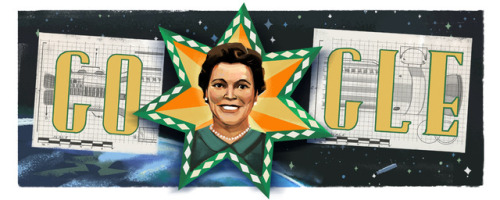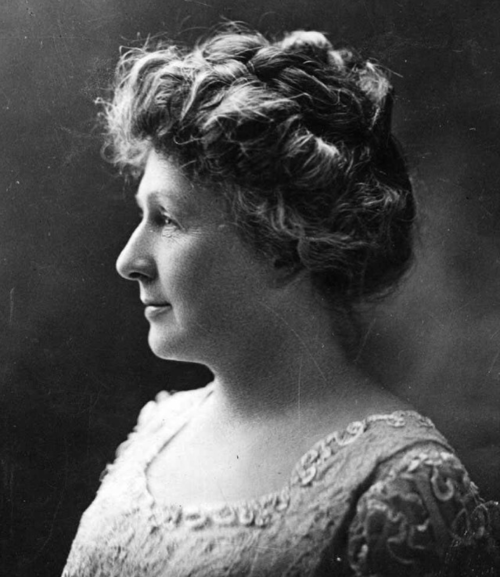#women in math
Happy Birthday, Mary G. Ross!
Mary Golda Ross was the first Native American woman engineer. Her work at Lockheed and NASA included developing the Agena rockets, designing concepts for flights to Mars and Venus, and creating operational requirements for spacecraft.
Learn about her life and work from the Smithsonian article, This Little-Known Math Genius Helped America Reach the Stars:
After graduating from Northeastern State College with a math degree, she decided to put her skills to work on behalf of other Native Americans, working first as a statistician for the Bureau of Indian Affairs and then at a Native American boarding school in New Mexico.
Math always called Ross’s name, and in 1942, armed with a master’s degree, she joined Lockheed Aircraft Corporation. As World War II raged, the company was working on new military aircraft. Ross helped them troubleshoot the P-38 Lightning, a fighter plane that came close to breaking the sound barrier and that engineers worried would collapse during dives. (Thanks to the work of Ross and her fellow mathematicians and engineers, Lockheed eventually realized that their fears were unfounded.)
After the war ended, Lockheed sent Ross to UCLA to earn a classification in aeronautical engineering and slowly, she began to progress through the company’s male-dominated ranks. “She worked with a lot of guys with slide rules and pocket protectors,” says Jeff Rhodes, Lockheed Martin’s historian and the editor of Code One magazine. “The stereotype was real.”
Women had always been a part of Lockheed Martin, says Rhodes. Nonetheless, when Ross was recruited to join Skunk Works, the company’s then-top-secret think tank, she was the only woman aside from the secretary.
Image Credits:
- Mary G. Ross from Beyond Curie by Amanda Phingbodhipakkiya
- Mary G. Ross Google Doodle
- Ad Astra per Astra by America Meredith, depicting Mary Gold Ross. Image courtesy of the Smithsonian’s National Museum of the American Indian.
Post link
The Harvard Computers (Hint: They were women, not machines!)
Today is the birthday of Annie Jump Cannon, born December 11, 1863, known as one of ‘Harvard’s Computers’. She is credited along with Edward Pickering as the creator of the Harvard Classification Scheme which remains the foundation of today’s stellar classification system.
One of a dozen women hired by Pickering to do the hard work of identifying, classifying and cataloging hundreds of stellar objects, Cannon distinguished herself as the brightest of the bright and rose finally to a full professorship before her death in 1941. Pickering hired the first of his ‘computers’ in a pique of frustration, noting that his maid could probably do better work than he was getting from his students. Indeed, he hired his maid, Williamina Fleming, who became the first of his ‘computers’ and quickly distinguished herself. Pickering was pleased enough with her work (and lower wages) that he soon built a team comprised entirely of women to compose the catalog. Cannon was hired a little later to oversee a catalog of the southern skies. While no eponym celebrates her name, her contribution (along with the remaining group at Harvard) as well as the countless women throughout history to impact science, math, politics and all human endeavor, today we remember and say Happy Birthday. A true gifted scientist and true pioneer, gone but not forgotten. As in most human endeavors, nameless and tireless women support the work of more celebrated men with little or no credit. Newton said of his work: ’If I have seen further it is by standing on the shoulders of giants.’ Today we acknowledge that many of those giants were and are women.
Image currently in the public domain courtesy New York World-Telegram and the Sun Newspaper.
Today’s post is for hb-she does twice the work and asks for half the credit. Our boys are who they are because of her.
Post link
In 1981 Ruth Lawrence from Brighton became the youngest person to pass the exam for Oxford University, as a ten-year-old - and graduated aged 13 with a first-class degree in maths.
Post link





